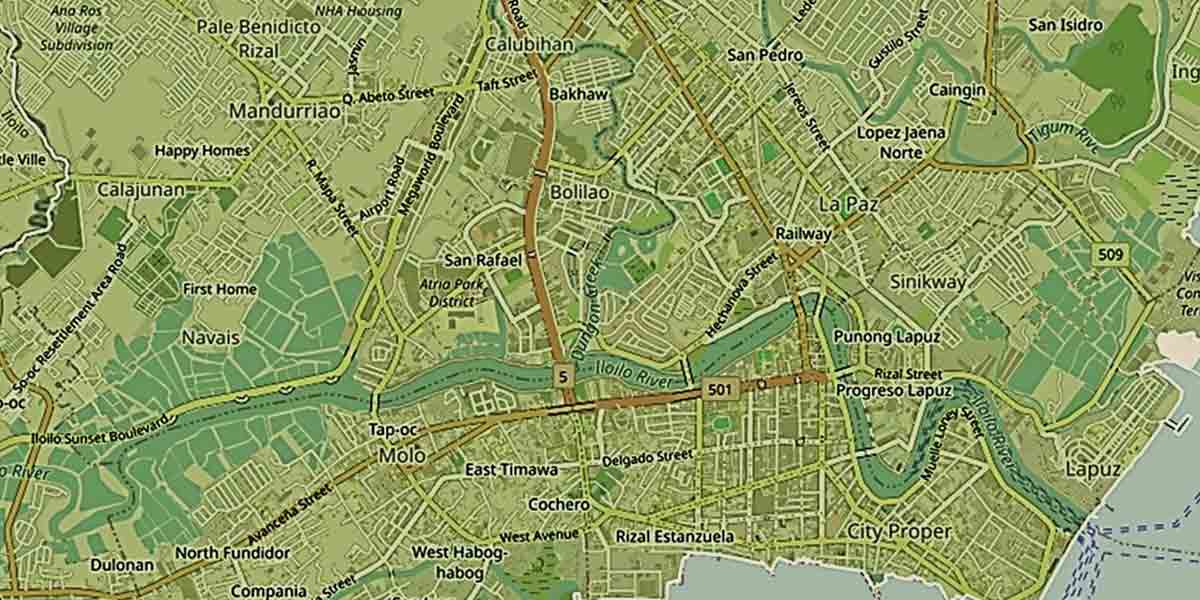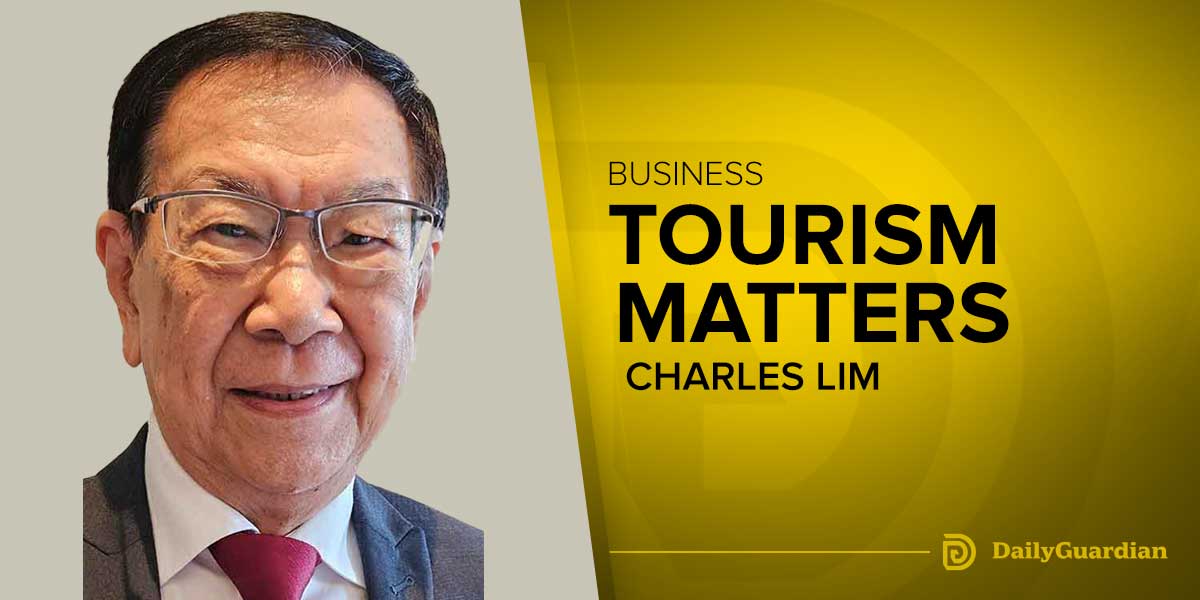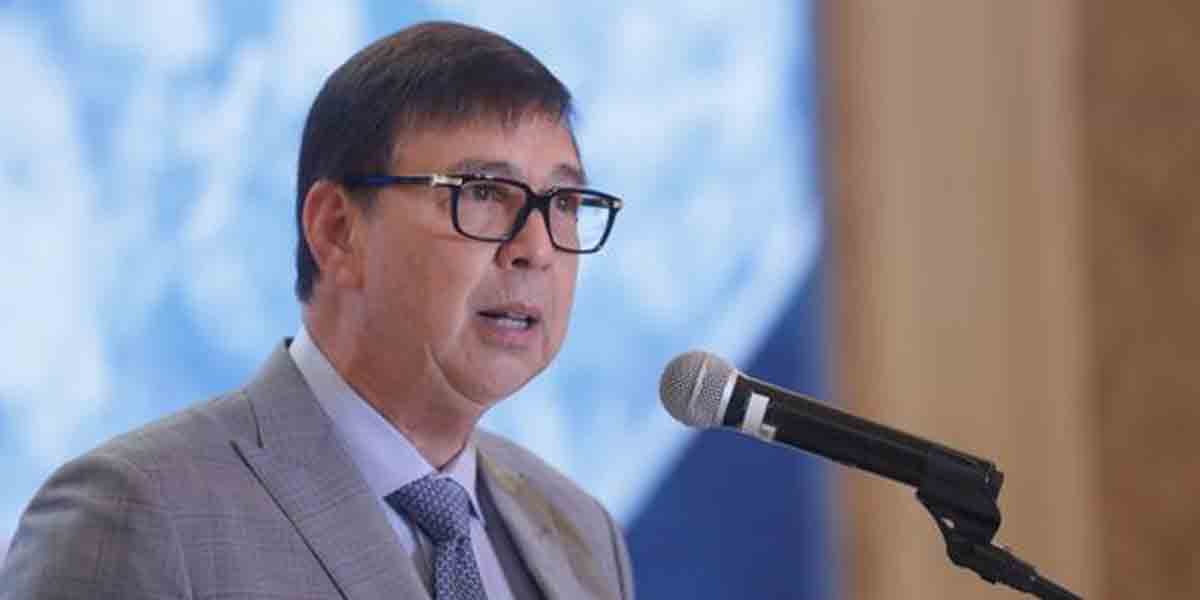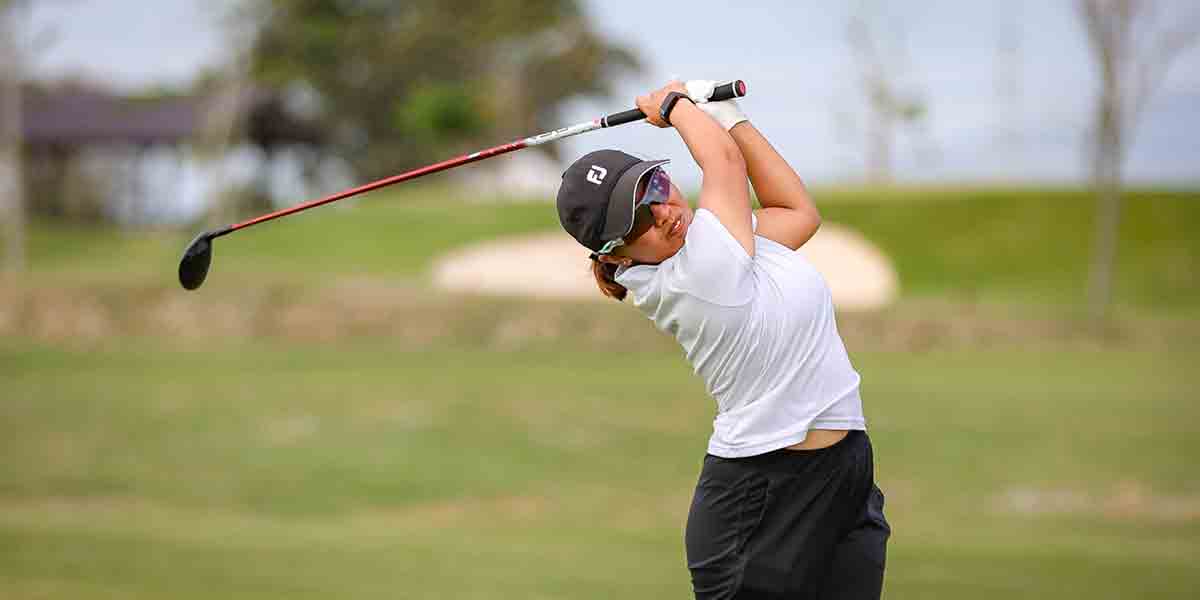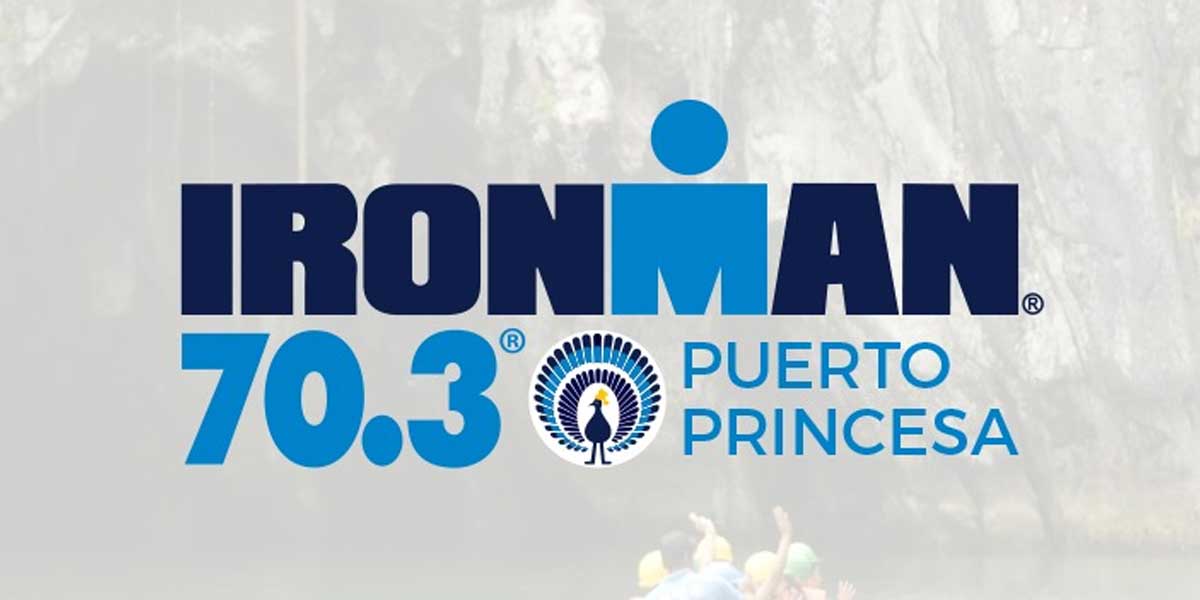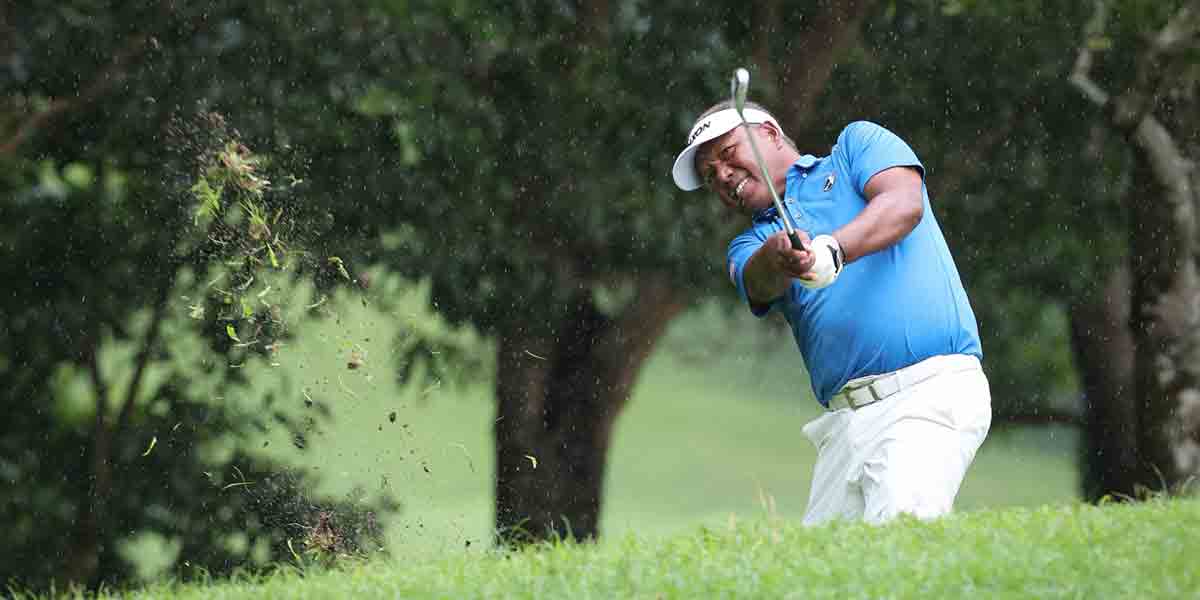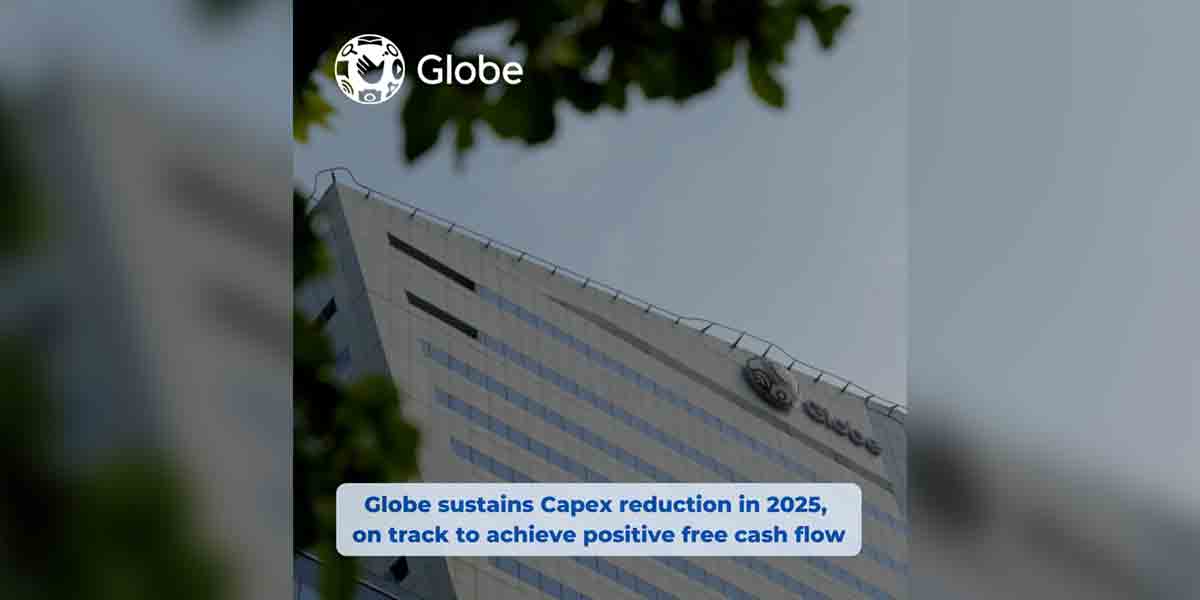 By Alex P. Vidal
By Alex P. Vidal
“A man who has nothing for which he is willing to fight, nothing which is more important than his own personal safety, is a miserable creature and has no chance of being free unless made and kept so by the exertions of better men than himself.”—John Stuart Mill
I SHOULD be running around the Herald Square and taking photos and videos of looters emptying my favorite shopping mall in Manhattan, the Macy’s (also the world’s most popular and biggest mall) June 1, but I realized it’s not the right moment to expose myself in public.
I figured it’s not safe to position myself somewhere outside the gigantic mall; it’s not worth to waste a precious time being seen “live” on videos with the vandals and troublemakers.
We are still in a lockdown until June 8 and the COVID-19 pandemic is still very much a threat to our health, thus to be bothered and distracted by a violent riot in the street should be the last nightmare to strike us.
Members of the Filipino community in New York City, meanwhile, monitored the violence in their apartments and updated each other through social media and other electronic communication lines.
No one would want to rush to places where riots and looting had been reported to be taking place just to be there as “uzis” (a Tagalog term for uzizeros or kibitzers who risked their lives watching the soldiers shoot each other in the coup d’tat during the Cory Aquino presidency in the Philippines).
-o0o-
The Empire State hit an 11 p.m. curfew on Monday. While I was being interviewed by Bombo Radyo Iloilo, widespread looting erupted in Manhattan’s central business district, long a symbol of the Big Apple’s prominence, with shattered glass and smashed storefront on several blocks.
Also in other parts of New York City, looters tried to ransack some of the best-known retailers, including the Macy’s flagship store in Herald Square and a number of luxury stores along Fifth Avenue.
The curfew announced by Mayor Bill de Blasio Monday night had failed to quell the criminal violence that marred the otherwise peaceful protests of previous nights.
A curfew was imposed again on June 2, this time starting three hours earlier, at 8 p.m.
The looting was contrary to Monday night’s protests which were mostly peaceful although there were few reports of clashes between the authorities and those who had assembled to rally against police brutality and racism.
The crowds, chanting “I can’t breath” and “Justice for George Floyd”, had largely dispersed by the time 11 p.m. struck. Some rowdy individuals violated the curfew by walking the streets in Manhattan and near the Barclays Center in Brooklyn.
-o0o-
Why would thousands of people across the United States forfeit health and safety in the midst of a pandemic to come together to protest? Many see racism and police brutality as far greater threats than the novel coronavirus, asked National Geographic executive Debra Simmons.
Simmons lamented that COVID-19 has unmasked stark, structural inequality in the U.S.
Blacks are dying disproportionately, working in essential jobs that expose them to the virus, losing jobs or having pay reduced at alarming rates.
The killing of George Floyd by a police officer, at this troubled time, Simmons said, is seen as another example of the racism that permeates this country.
“When you see that in front of witnesses, the agent of the state will kneel on a man’s neck as he’s begging for his life until the life seeps out of his body … You can’t just picture that happening to white Americans,” New York Times journalist Nikole Hannah-Jones told Good Morning America.
Protest, historically, has been the catalyst for change from the Civil War to the Civil Rights Movement.
“I don’t want to see stores looted or even buildings burn but African Americans have been living in a burning building for many years, choking on the smoke as the flames burn closer and closer,” NBA Hall of Famer Kareem Abdul-Jabbar wrote for the Los Angeles Times. “Racism in America is like dust in the air. It seems invisible—even if you’re choking on it—until you let the sun in. Then you see it’s everywhere.”
As events tumble atop each other in the days and weeks ahead, know that historians will attempt to untangle and unravel them.
Meantime, African American parents will again have The Talk with their children, the sad but necessary directive about staying alive amid perilous encounters with police.
In this All-Of-The-Above Year (racism, pandemic, economic devastation, political instability), history is vital to giving us perspective, to knowing where humans failed before—and where they prevailed. It guides us when despair shouts.
“My mind has been blown like a candle. I am nothing but an embodied grumble, like everyone else.” That’s what historian Eileen Power wrote—in 1939—on the rise of Hitler and the start of World War II.
Nearly a decade later, in the novel The Plague, Albert Camus noted that people enduring chaos have to hold two conflicting things in their mind at the same time. The bacteria of a plague, like the poison of fascism or tyranny, “never dies or disappears.” However, “what we learn during a time of pestilence,” Camus added, is “that there are more things to admire in (people) than despise.”
(The author, who is now based in New York City, used to be the editor of two local dailies in Iloilo)


